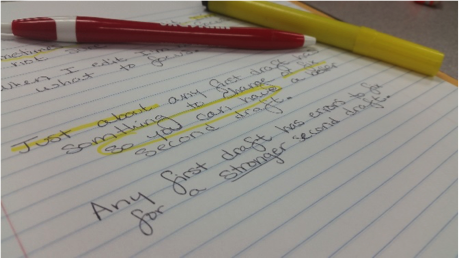As poetic as your prose may be, few people want to take the time to read it. Here are a few tips to tighten your writing and get more eyes on your work.
Give yourself time
You already know writing takes a long time. It seems like writing concisely would be a quick process, but you’d be surprised. Frequently when you write something quickly you end up with a rambling piece of nonsense.
Short is sweet, but it takes time.
Outline
Before you start, know where the finish line is and all the stops along the way. That means taking a minute to draft your path. Do your research, figure out your subheads and have your quotes picked out. If you can, get your visuals ready too.
Outlining takes almost no time, but it can save you precious minutes closer to deadline.
Write fast
Put your fingers on the keyboard and bang out a quick draft any way you can. My biggest piece of advice to anyone struggling with writer’s block is “type it how you talk it.” Use slang, swear words and don’t be afraid to caps lock.
It may sound like a waste of time, but this is the most fun way to write. Let your voice out!
Go ahead, it can wait.
If you followed step one, this won’t be a problem. If you didn’t, don’t worry, it doesn’t have to be a long break. If you don’t have time to walk away and do something, just take a few minutes to work on something else, check your social media or send a quick email.
Don’t forget to come back to the piece after your break!
Revise with fresh eyes
Once you come back, read your work like someone else wrote it. (Someone who would love to catch making a mistake, and I know you have a person in mind.) Look at your content: Are you getting your point across? Does the tone match the message? Will it resonate with your audience?
You should have a solid piece of work at this point. Now hack it down.
Focus on your verbs
Now that you’re happy with the content it’s time to tighten it up. Remember to write in active voice. Put the reader in the moment and let the story speak. Cut out unnecessary words and phrases, having verbs as the focus makes this easier.
Think of this as simplifying an equation. Unless math stresses you out, then just get to work.
Have someone else read it over
Sometimes cutting and condensing can go too far and confuse the story. Give the piece to a friend, a co-worker or an editor to make sure your message is still strong and you haven’t lost a comma along the way.
Written by Erin Wylder, Account Executive/Editor







